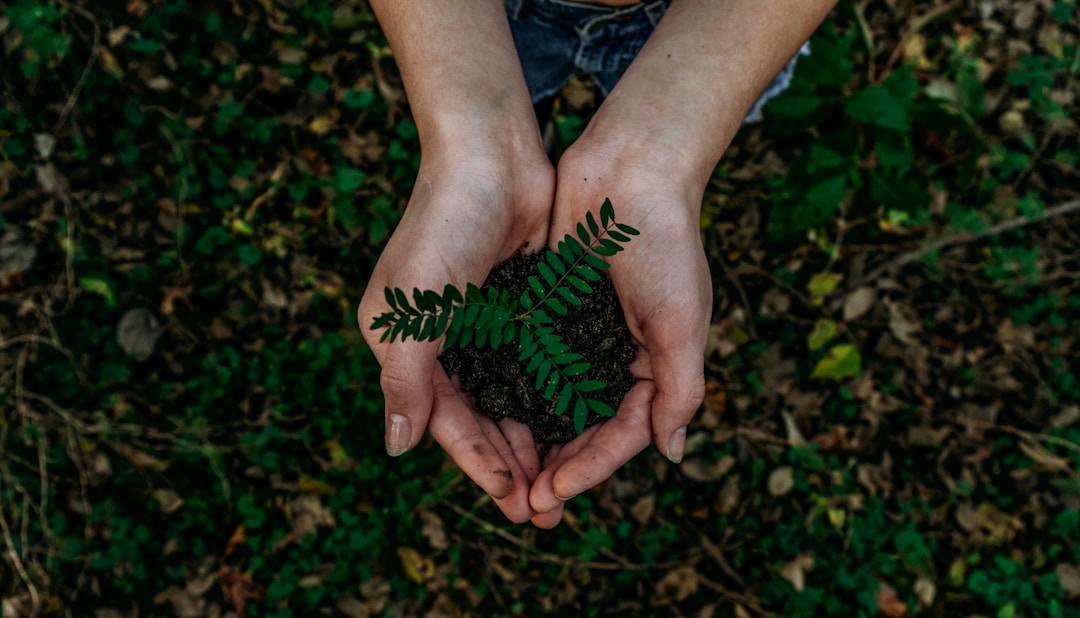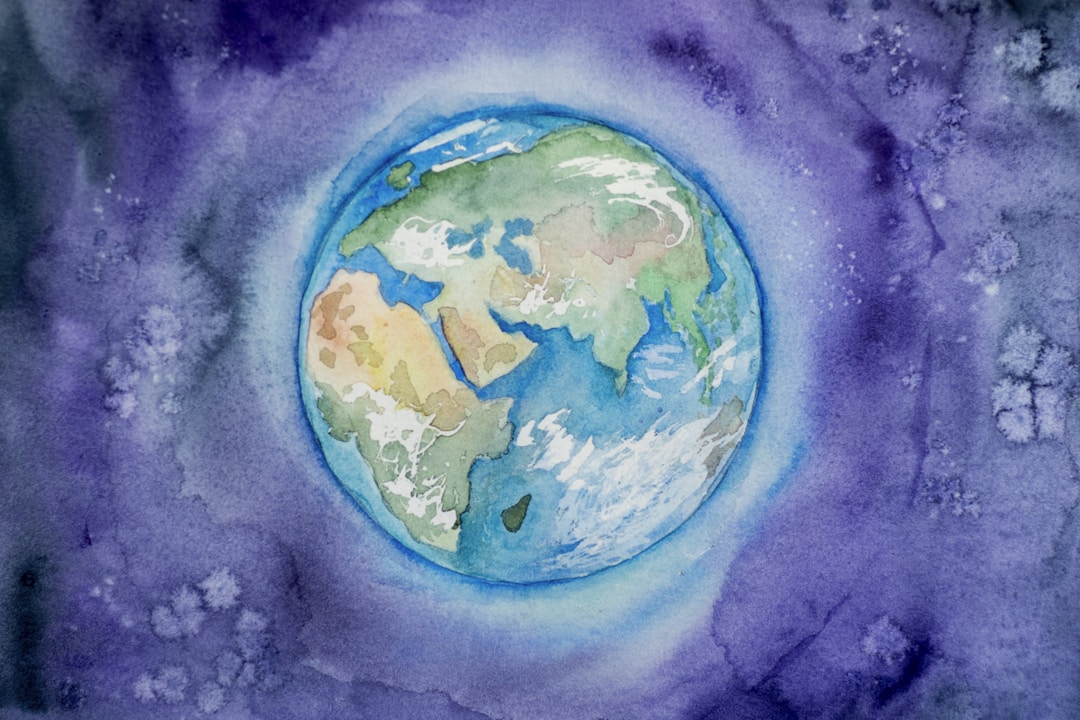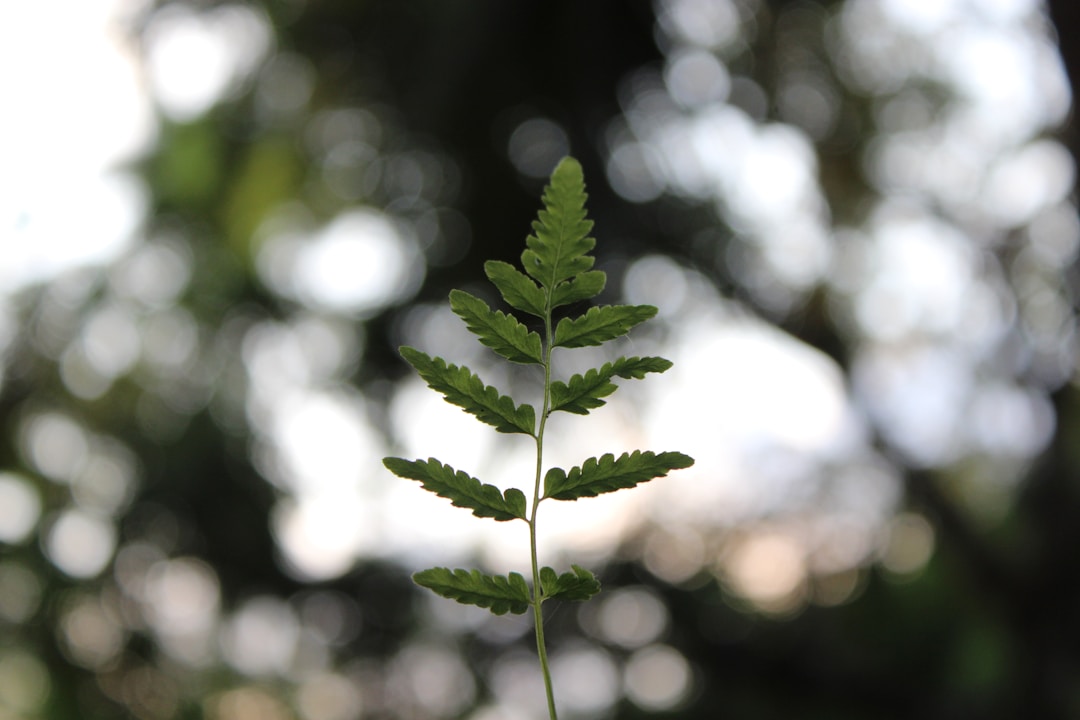With increasing global awareness of environmental conservation, industries are focusing on sustainable solutions in packaging. Biodegradable packaging materials are gaining popularity as an innovative and eco-friendly alternative to traditional plastic packaging. In this article, we will discuss the latest advancements in biodegradable packaging solutions, their benefits for businesses and consumers, and how they can contribute to a greener future.
The Rise of Plant-Based Materials

In recent years, plant-based materials such as cornstarch, sugarcane, and bamboo fibers have made significant headway in the packaging industry. These materials are not only biodegradable but also renewable, as they are derived from fast-growing plants and do not rely on fossil fuels. Cornstarch-based packaging has gained recognition for its versatility and biodegradable properties, making it a suitable replacement for conventional plastics in single-use products like cutlery and takeaway containers.
Sugarcane-based packaging is gaining use as well and it boasts another unique feature – it sequesters carbon dioxide during its growth cycle, which contributes to a lower carbon footprint. An excellent example of this innovative packaging solution is the small containers with lids by Earthwise Packaging, made from renewable sugarcane fibers. These containers have proven to be a good replacement for conventional plastic containers and can be used for a variety of purposes, including food storage and portion control.
Developing Compostable Packaging Technologies
In an effort to reduce the amount of waste that ends up in landfills, companies are developing compostable packaging that can break down naturally in a relatively short period. Some compostable packaging materials made from plant fibers and biopolymers are designed to degrade safely and without releasing any harmful chemicals into the environment. This added benefit of compostable packaging allows for easier waste management and lessens the environmental impact of disposal methods.
One innovative example of compostable packaging is the development of films made from natural compounds such as seaweed and chitosan. These films serve as barriers to gases, moisture, and light, preserving the quality of food products while reducing the need for additional packaging materials. Some types of edible films can even provide added health benefits, such as antioxidants or antimicrobial properties, to the products they protect.
Promoting a Circular Economy

Biodegradable packaging plays a crucial role in promoting the concept of a circular economy, which emphasizes the importance of reusing, recycling, and reducing waste by designing sustainable materials and eco-friendly packaging solutions. Materials that have the ability to biodegrade at the end of their life cycle can contribute to the reduction of plastic pollution and help limit the negative impact of waste disposal on our environment.
Moreover, incorporating biodegradable packaging materials into a circular economy model means that resources can be recovered, repurposed, or returned to the ecosystem at the end of their life cycle. This approach encourages businesses to consider the entire life cycle of their products and invest in packaging solutions that minimize the overall impact on the environment.
A recent example of promoting circular economy principles in packaging solutions can be observed in the adoption of refillable packaging systems. Brands are offering reusable containers for their products, which can be returned, refilled, and reused, reducing the need for single-use packaging materials and promoting a system of resource optimization. This method allows companies to reduce waste and environmental impact while enabling consumers to make smarter and more sustainable choices.
Overcoming Challenges of Biodegradable Packaging

Despite the numerous advantages of biodegradable packaging, there remain a few challenges that must be addressed. First, the cost of producing biodegradable materials can be high compared to traditional plastics. Nevertheless, as demand for sustainable solutions grows, economies of scale will, in turn, make them more affordable for businesses and consumers alike. Customers are even increasingly interested in supporting businesses that are purpose-driven and share their values.
Overcoming consumer misconceptions and ensuring that everyone is well-informed about the correct use and disposal of biodegradable packaging is necessary too. Government regulations and industry best practices must ensure that eco-friendly materials are correctly identified and managed, preventing any unwanted environmental consequences resulting from improper disposal.
As you can see, the advancements in biodegradable packaging solutions demonstrate a promising shift toward more sustainable and eco-friendly alternatives in the packaging industry. By embracing these innovations, businesses can contribute to a greener future while meeting the evolving needs and preferences of environmentally conscious consumers. If you follow the advice in this article, you’ll be able to ensure that your business is sustainable and boost your bottom line.






